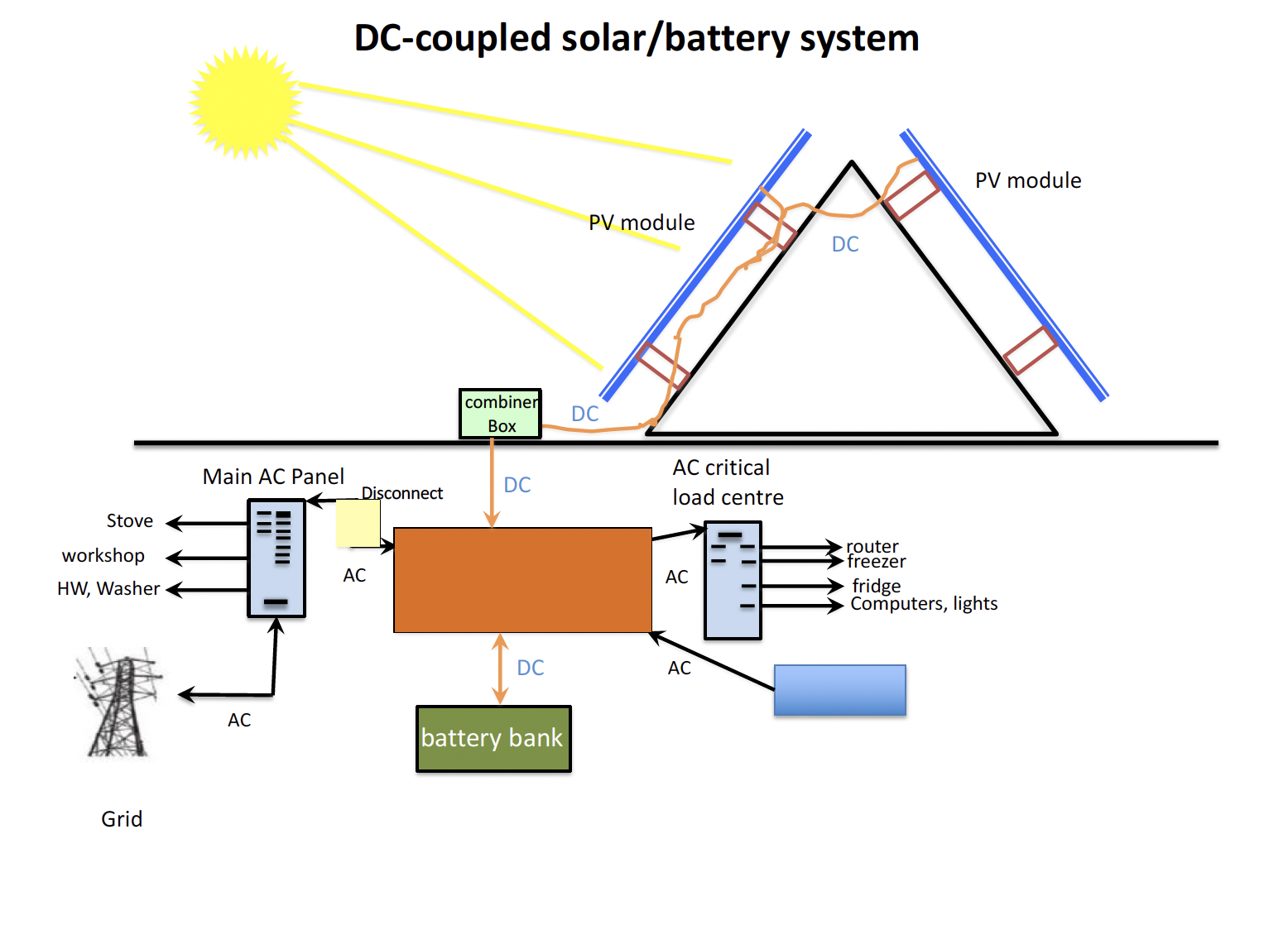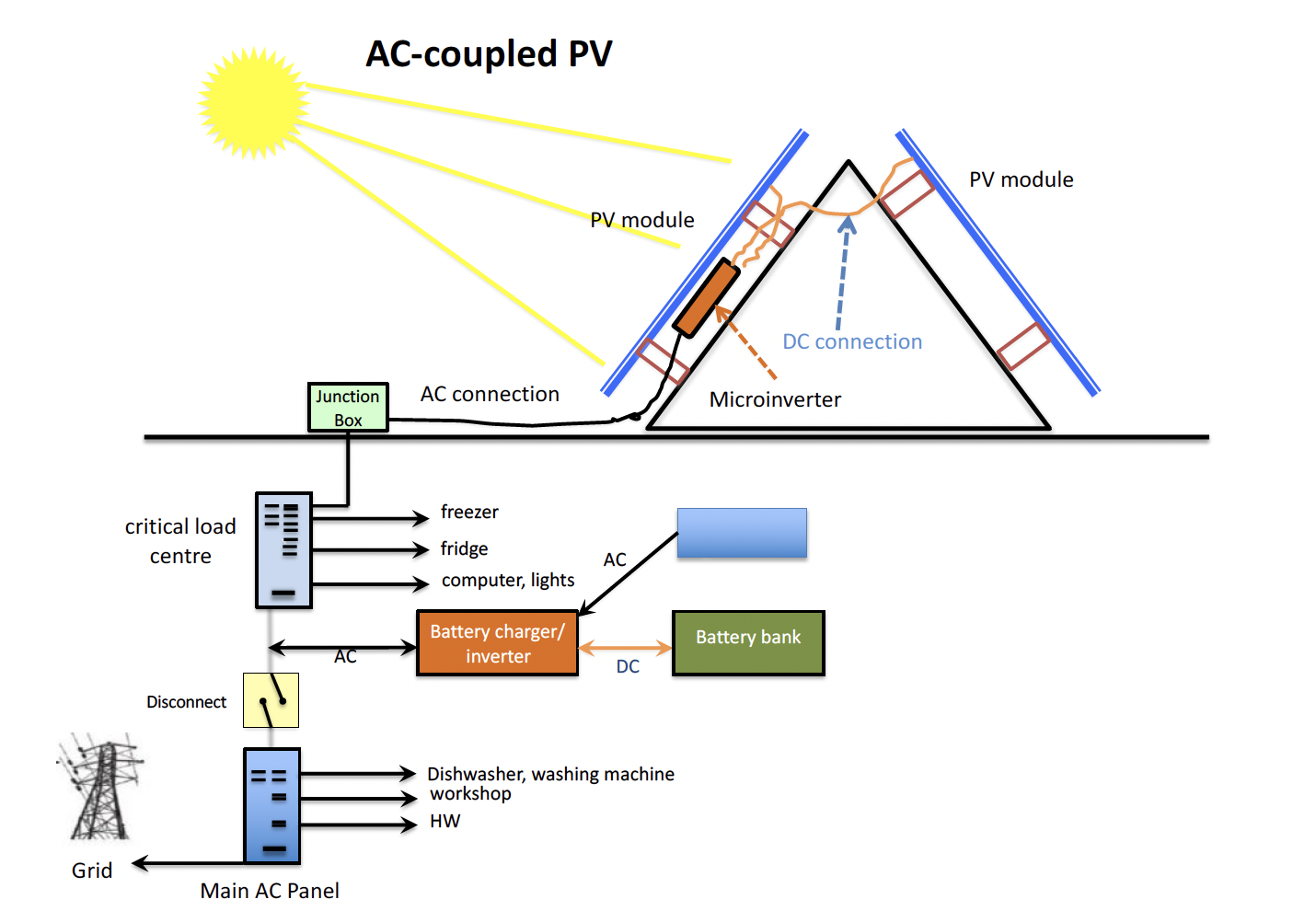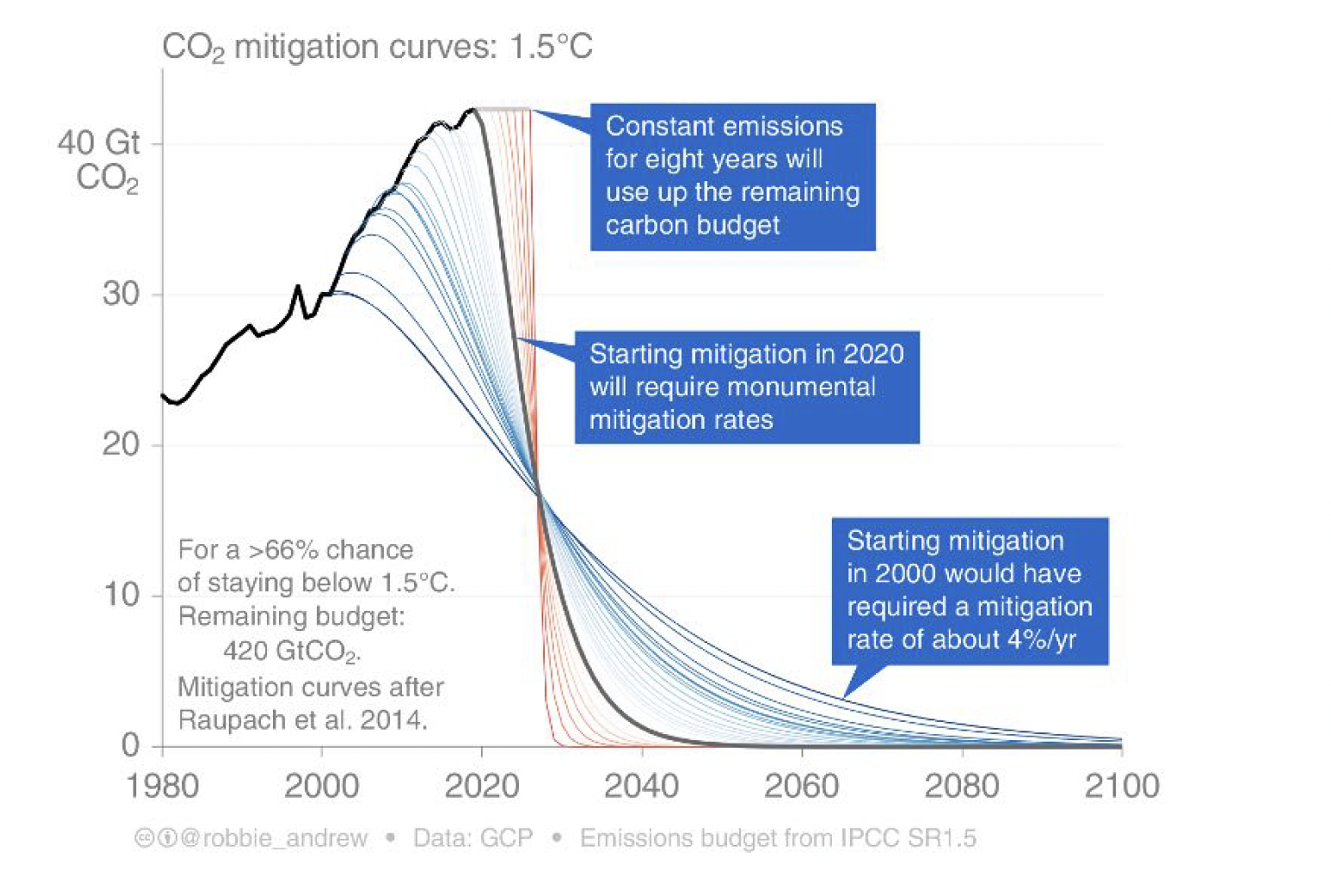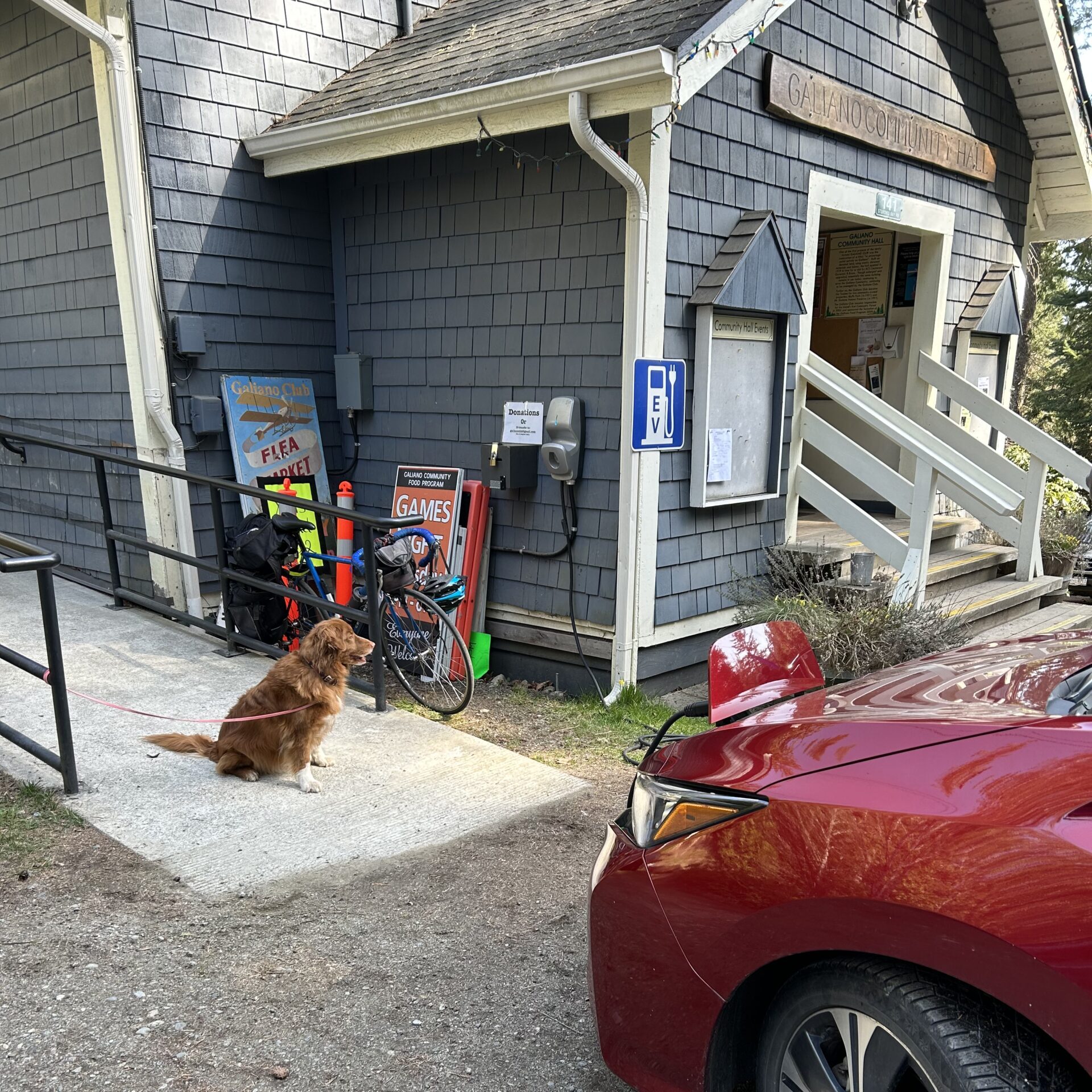by Tom Mommsen, SSREC
Solar modules combined with batteries are increasingly popular – if somewhat expensive – because they allow homeowners and small businesses to generate and store their own emission-free electricity while saving on their electricity costs. Without battery backup, solar has two drawbacks: 1. it doesn't generate any energy in the dark and 2. it stops generating electricity the moment the grid is interrupted. In a grid blackout, you'll be sitting in the electrical dark, even though the sun may be shining. A small battery bank (and a smart inverter) solves both problems – for a price.
Why consider a battery?
Why should one consider a battery with a solar array purchase or post-solar purchase? A few reasons come to mind immediately, and they all have slightly different repercussions on battery demands and design.
- Use solar energy when the sun does not shine. It's a daily event, where you will store excess solar energy in the battery and call upon that energy in the evening and at night. If the day wasn't sunny enough to fill the battery, the battery could be topped up from the grid (for a price). This will cycle the battery daily, but the amount of energy stored should match or exceed your power demand (kW – i.e. how much power?) and length of time for your energy demand (kWh, i.e. for how long?).
- Backup during grid interruption. Extreme climate change events are increasingly creating havoc with grid reliability and grid interruptions are becoming more frequent and ever longer in duration. In this case, the batteries are called on relatively infrequently and for unknown periods. The 24 interruptions of 2022 in the Gulf Islands of BC, where the authors reside, ranged from a few minutes to three days. However, in one catastrophic interruption (in winter 2018), the grid was unavailable for 12 days. Such extremes are hard to handle with a battery.Focusing on the 'minutes to 3-day' interruptions, battery capacity should match the (reduced) demand during an emergency supporting freezers, fridge, router and some other devices (definitely not a plasma TV; not really the best time to fire up an electric sauna or dry your hair either!), where 3-5 kW power output should suffice, and perhaps 5-8 kWh per day may get you through the power outage – don't forget that the solar array may contribute valuable kWh during this time. Alas, after three days, things are running down if you have only a 15 kWh battery bank. What is needed is a battery with decent power that matches maximum demand and provides medium duration. It's not that important to have a large number of discharging-charging cycles. At this point, stationary batteries are too expensive to think about them for long-term (weeks, months) storage. As such, storing excess summer energy in batteries for use during winter is not an option. However, storing excess energy in the grid, specifically reservoirs, is. Enter net- metering.
- Short-term use of batteries can result in peak shaving (i.e. having to supply lower peak power) for utilities, since some local demand is met from residential batteries. For business customers who are assessed demand charges (power!) similar peak shaving through batteries (behind the meter) may drastically lower demand charges and thus electricity bills.Residential customers are usually billed for energy (kWh) only, while businesses pay both demand (power – kW) and energy (kWh) charges. Often, electrical bills for business customers are skewed towards demand charges and energy charges are relatively minor in comparison. Not surprisingly, a number of utilities in North America (including BC Hydro), have been toying with the idea to introduce demand charges to domestic clients. An integrated battery system has the potential to reduce such demand charges substantially.
- Many utilities have introduced time-of-use (TOU) billing to maximize profits dampen peak demand, by shifting some demand to less popular hours by making lower electricity rates available during times of low demand (10 pm – 6 am) and early afternoon (1 pm – 4 pm). Instead, utilities charge much higher rates when demand is high. Times and periods for TOU rates differ for each utility. This is similar to point 1 above, except that it's driven by utility rates. Still, it will require daily cycling of energy through the battery, which means one has to estimate both power demand and energy demand for extended daily periods. While not yet practised in BC, BC Hydro is contemplating introducing TOU billing in the not too distant future (Integrated Resource Plan 2021, currently before the BC Utilities Commission).
- Being part of a Virtual Power Plant (VPPs). VPPs are networks of small to medium-scale energy-producing or energy-storage devices, pooled to serve the owners. VPPs will play a key role in stabilizing the grid in the future, while also contributing to voltage and frequency stabilization in a climate change world. It's the future, but currently not available in BC.
- Counter utility attempts to lower the rate of reimbursement for solar electricity fed back into the grid. For BC this is an unpredictable reality, but unfortunately too complex to cover in a short 'battery primer'. Batteries might only play a minor role to counter such moves by utilities.
Understanding the output of a battery – power and energy
Solar arrays and batteries will have a certain capacity measured in kW – indicating the power output/capacity of a system. Let's consider this in the context of hair dryers that have power ranges from 1 kW to 3 kW. A 3 kW dryer will draw more power (3 kW), and heat up faster and to higher temperatures. The 1 kW dryer will take longer to heat up and produce less heat, meaning it takes about three times longer to dry the hair. If this takes half an hour, 0.5 kWh of energy has been used by the 1 kW dryer. The 3 kW dryer will do the same job in 10 min (0.167 h) and will have used the same amount of energy (3 kW x 0.167 h = 0.5 kWh).
Twenty 500 W modules will provide an array with nominal power of 10 kW – in theory. In practice, the capacity will be about 10 to 20% lower, due to losses in the wiring, inverter inefficiency, and dirty modules. Also, even in full sun, the power of those modules will only produce the highest output for a few hours around noon, unless the array tracks the sun.
The graph on the left shows power output for a 10 kW fixed-angle solar array on a roof, on a perfectly sunny summer day, plotting kW against time of day. Notice that the peak output (8.2 kW) is shy of the theoretical peak of 10 kW.

Energy (measured usually in kWh) indicates how much electricity is generated, stored or consumed over time. In the graph on the right, plotting energy (kWh) over the same sunny day reflects the change in power on the left. Over the whole day, the system generated about 58 kWh of energy. Around the islands, a 10 kW solar array will generate about 10,500 kWh/year, which equals the average electricity demand of single family homes in BC.
This distinction between power (kW) and energy (kWh) is crucial to purchasing batteries. The power rating determines the type of appliances that can be run at the same time, and the energy portion determines for how long these appliances can be run. As an example, the Tesla Powerwall has a maximum power output of 11.5 kW and can deliver 13.5 kWh of energy. Theoretically, one could run a sauna with a 7.5 kW heater (power) for 1.8 hours consuming those 13.5 kWh of battery energy storage. Although this would be advertised as 'usable energy', batteries don't really enjoy to be completely emptied and therefore complete discharge is not recommended.
If your sauna has a 15 kW heater, you are out of luck – the Tesla Powerwall does not have enough power to run such a large heater; therefore it is absolutely essential to estimate power (kW) and energy (kWh) demand before entertaining a battery purchase, by doing an energy audit on emergency power and energy demand.
Next step would be to design an AC emergency or critical load centre, and do some rewiring to move all critical loads to a load centre that can be isolated (islanded) from the grid. Limits will be governed by power demand, energy demand and wallet realities. More on this below.
Battery characteristics
Batteries used with solar are types of rechargeable batteries that rely on different chemistries and have large numbers of discharge/charge cycles – meaning that they can cycle between providing energy and receiving energy (from solar or grid) many times.
A common theme for all suitable batteries is that they are fully recyclable, implying that, once mined, the elements can be re-used almost endlessly without requiring any new mining. Although a number of different battery chemistries will be added in the future, based around sodium (symbol Na), nickel (Ni), or aluminum (Al), the current crop relies heavily on just two: lead-acid (lead (Pb) and sulfuric acid) or lithium (Li) ion chemistry. Lithium is an alkali metal (same group as sodium (Na) and potassium (K)), that is fairly abundant in South American salt lakes, in ores, in somewhat nasty brines that may reach the surface from oil&gas operations (together with radioactive elements), and in common seawater. (the only reason for not using seawater to extract lithium it that it is too expensive to do so – go figure).
Lead-acid batteries are inexpensive, heavy, and fully recyclable, but don't take well to high degrees of discharge (DOD) (meaning you should use no more than about half of the energy that it states on the box!). They also suffer from fairly limited numbers of charge/recharge cycles (in the high hundreds) and o require some loving attention (don't discharge too much, don't overcharge). They need to be vented, lose power and energy by just sitting around and need to be topped up regularly. So-called AGM (absorbed glass matt) lead- acid batteries have become popular since they don't require maintenance and don't need to be vented, but still have the limiting characteristics of a traditional Pb-acid batter.
Li-ion batteries come in different flavours, depending on the specific chemistry. The EV battery market was traditionally split between two major lithium ion chemistries – NMC (Nickel/Manganese/Cobalt) and LFP (lithium/iron/phosphate; LiFePo). High power demand (essential in an EV) initially favoured NMC chemistries, while stationary batteries tended to based-around LFP: they are less expensive, and somewhat heavier for the same power output, but not prone to thermal runaway (fire!). Because of lower price-points and higher safety margins, LFP have now outmuscled NMC in the EV market, except for a few high-end muscle cars. All Li-ion batteries provide thousands of charge/discharge cycles, but do require battery management systems that, among other things, control the temperatures of charging and discharging to guarantee longevity.
Combining a solar array with a battery
Depending on inverter type, two options exist: DC-coupling (Fig. 1) and AC coupling (Fig. 2), with quite a number of variations on these themes.
Fig. 1. DC-Coupling
DC-coupled solar/battery system

Advantages of DC-coupled battery systems:
- Efficient because it requires only a single inverter.
- Allows oversizing by adding more solar modules using the same inverter.
- Often less expensive than AC coupling due to fewer components.
Disadvantages of DC-coupled battery systems:
- Battery must be close to inverter
- Hybrid-Inverter-Charger may be expensive
Fig. 2. AC-coupling

Advantages of AC coupled battery systems are:
- Ideal for retrofitting
- Input from microinverters or string inverters.
- Flexibility in location for inverters and batteries
Disadvantages are:
- Lower efficiency, since DC from modules is converted to AC and then converted back to DC for battery storage, resulting in round-trip energy loss.
- Cost is higher since it uses multiple inverters (microinverters and bidirectional inverted in the figure.
- Tricky to set up for three-phase systems
Deciding what circuits to back up
During a power outage, energy conservation is likely more important than the amount of storage, still, both of them must be considered. Either way, before contemplating battery backup, it is essential to tally up the power/energy usage during a blackout, and demands will differ for rural and suburban/urban areas. In rural areas, needs will likely add power/energy for well-pump, sump-pump, UV sterilizer to the usual list of essentials, such as fridges, freezers, lights, computers and router. It is important not only to look at power/energy under normal operation, but power draw of certain items may be much higher when the unit is first turned on, and this peak – that may only last a few seconds – is highly important to estimating the maximum power draw. Therefore, most battery manufacturers provide information on 'peak' and 'continuous' power.
Other considerations
A few issues should be mentioned that influence decisions to add some sort of battery to a PV system.
Longevity of systems
At this point, it is not clear how long-lived battery backup systems really are. Most are warrantied for 10 -15 years, while warranties on solar modules (25-30 years) and many inverters (12-25 y) are considerably longer. However, as battery chemistries evolve and experience is gathered, it appears that stationary batteries may have longer life-cycles than anticipated, while questions arise about the longevity of the increasingly complex electronics. A new entry into the field of inverters is an islanding microinverter (Enphase IQ 8+).
Cost
Batteries are expensive, and an annoying discrepancy exists between batteries used in stationary applications and those in battery electric vehicles (BEVs), even though both are increasingly using the identical LFP battery chemistry. In North America, the cost of a stationary battery – including a battery management system and a bidirectional inverter – is in the $1000 to $1200 range for each kWh of energy storage. In contrast, once the same battery is jammed into a BEV, including a battery management system and increasingly a bidirectional inverter to allow vehicle to grid connectivity (V2G or similar), the cost per stored kWh drops by half. Mobility is an added bonus. In theory, one could purchase a BEV with 65 kWh of storage, virtually dedicate 40 kWh to stationary backup for a PV system, and still have the ability to drive around for substantial distances, for less than the cost of 40 kWh stational storage battery. Basically getting the car for free.
Somewhere along the line, logic may have been sacrificed on the holy altar of market forces. And as usual, the public is paying for this and just perhaps, the priorities are isdirected. One might enjoy those ubiquitous subsidies lavished on BEVs, but not so much on stationary batteries – although realities are subject to change and definitely worth exploring.
Luckily, at the end of their functional life in a BEV, battery cells can be tested and those still showing signs of life can be repurposed and incorporated into stationary storage – with generally smaller power demands than BEVs – and assume a second life. Damaged cells can be broken up into components and recycled into new batteries. Conceptually, the same should hold for stationary storage towards the end of its functional life.
Climate change mitigation
The writer would argue that grid-interactive battery storage is absolutely essential to climate change mitigation and adaptation. Rechargeable and fully recyclable batteries are key components of the long- heralded circular economy, and they have an important role in integrating mobile and stationary storage into solar and into the grid, where they can serve to such essentials as peak shaving, and frequency and voltage stabilization.
Checklist of questions when contemplating adding battery backup to a solar array
- What units are used in the warranty fine print (range in brackets for reasonable offerings):
- years (10-15 y)
- charge/discharge cycles (8,000 -15,000 cycles)
- end of warranty power capacity (at least 70%)
- throughput (MWh) Is battery recyclable?
- Can batteries be stored outside? BC just published specific requirements for battery backup systems – a boring, but absolutely essential, read at https://www.technicalsafetybc.ca/regulatory-resources/regulatory-notices/energy-storage-systems
- Power consumption of batteries/management system/inverter when inactive?
- Does the price include an appropriate battery management system and bidirectional inverter? Does the price include an automatic disconnect?
- Round trip efficiency between bidirectional inverter and battery pack? (range 81-100%; 100 % most common).
- Round trip efficiency between solar and battery and back to AC? (81.6 % to 96.5 %; > 90% is common).
- Sustainable and peak power output (kW)? Sustained 4 kW – 14.4 kW / peak: 5 kW – 14.4 kW. Can be higher when combining battery units.
- Maximum energy (kWh)? (4 kWh – 40 kWh; Tesla Powerwall max.135 kWh).
- Are the batteries modular, i.e. can smaller can units be stacked to increase power and energy? Price of installation?
- Are the batteries/inverter compatible all or only specific solar modules?
- Is the system compatible with an EV as additional battery, i.e. vehicle to grid (V2G), etc.
Bottom line: Are batteries worth it?
It depends:
Under 'time-of-use' billing, 'yes, definitely'. Recommended size of backup 10-15 kWh (usable).
Under net-metering – not really worth it, but nice to have. Even 5 kWh will help outlast a 12 h outage.
Under net-metering with demand charges – 'yes, definitely', since solar with storage can help peak shaving and minimize demand charges. In this case, the power (kW) delivery from the batteries may be more important than the length of energy availability (kWh).
Under relatively short power-outages (less than 3 days): 'yes, definitely'. Energy security drives this decision, not financial considerations. As above, 10-15 kWh would be a very good start.
As part of a virtual power plant (VPP) or microgrid: 'essential'





You must be logged in to post a comment.